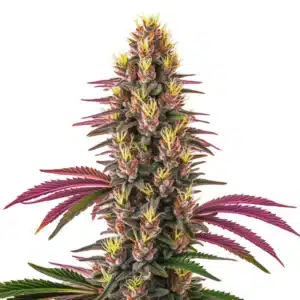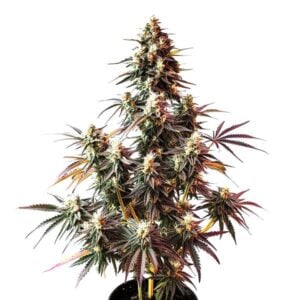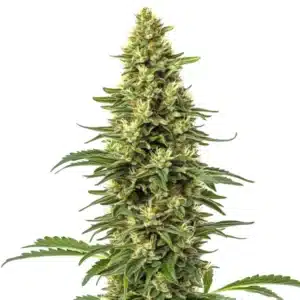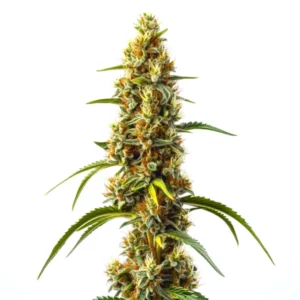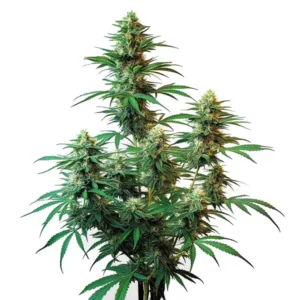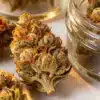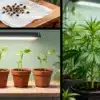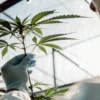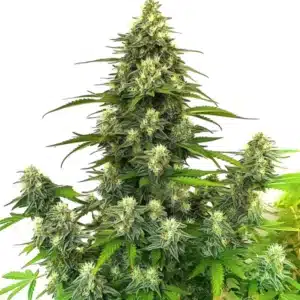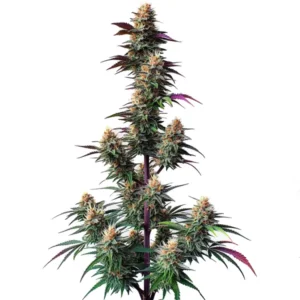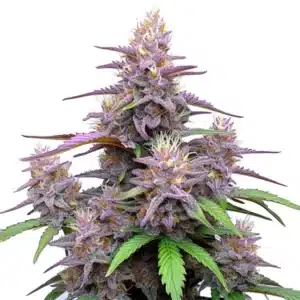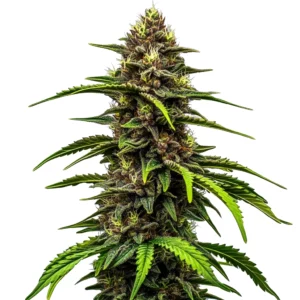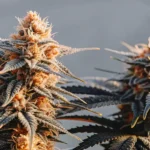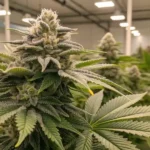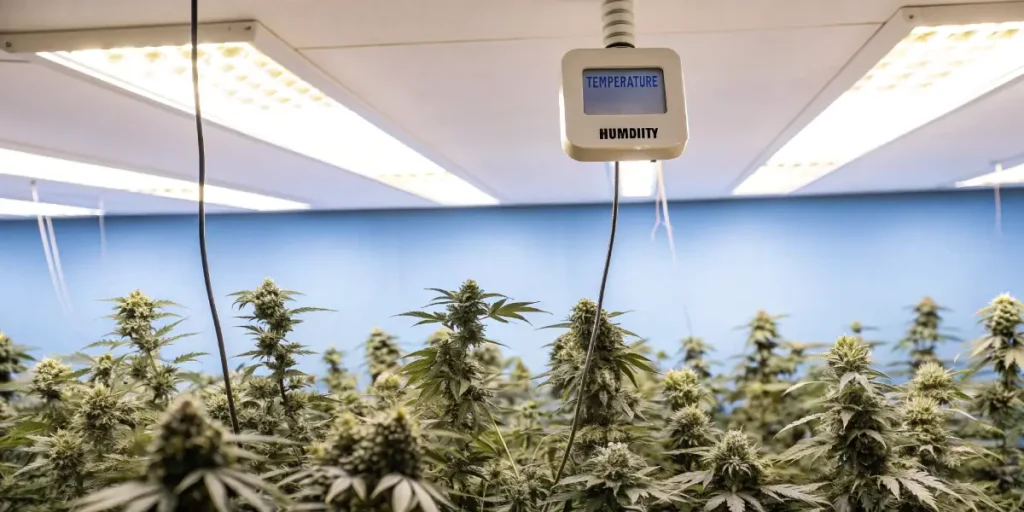
Ideal Temp and Humidity for Autoflowers
Ideal Temp and Humidity for Autoflowers
Why Temperature and Humidity Matter for Autoflowers
Ideal Temp and Humidity for Autoflowers are the backbone of a healthy grow environment. For autoflowers, which thrive on their accelerated growth cycles, these factors are even more critical. Proper temperature ensures the plant’s metabolic functions are optimized, while balanced humidity prevents stress and encourages vigorous growth.
Autoflowers are resilient, but neglecting environmental control can significantly reduce yield and potency. Knowing the ideal temp and humidity for autoflowers gives growers a head start in producing dense, flavorful buds. When these elements align, autoflowers can reach their full potential in both quality and quantity.
Recommended Strains
Pink Rozay
|
|
THC | 15% - 17% (Medium) |
|
|
Type | Feminized |
|
|
Yield | Medium |
|
|
Phenotype | 80% Indica / 20% Sativa |
Pink Rozay Auto
|
|
THC | 20% - 24% (Medium) |
|
|
Type | Autoflowering |
|
|
Yield | Medium |
|
|
Phenotype | 80% Indica / 20% Sativa |
How Different Growth Stages Affect Ideal Conditions
Each growth stage has unique temperature and humidity requirements. During the seedling stage, higher humidity is necessary to support tender, developing roots. As the plant enters the vegetative phase, slightly cooler temperatures and reduced humidity help build robust stems and foliage.
Flowering is when autoflowers are most sensitive. Low humidity and stable temperatures are crucial for preventing mold and maximizing resin production. By adjusting environmental settings for each stage, growers can unlock optimal results. Mastering the ideal temp and humidity for autoflowers is key to navigating these phases successfully.
Balancing Temp and Humidity for Maximum Yield
Balancing temperature and humidity ensures your autoflowers remain stress-free throughout their lifecycle. Knowing the best temp and humidity for autoflowers is crucial because high temperatures combined with high humidity can lead to heat stress or fungal issues. Conversely, low humidity in a warm environment can dry out leaves and stunt growth.
The best approach involves monitoring with tools like hygrometers and thermometers. By maintaining the right balance, you create a stable environment that fosters healthy growth and resin production. Precision is vital when it comes to achieving the ideal temp and humidity for autoflowers.
Promos & Deals
Optimal Temperature for Autoflowers
Best Temperature for Seedling Stage
During the seedling stage, autoflowers require warmth to support root development and early growth. Aim for temperatures between 70°F and 80°F. This range creates a comfortable environment where seedlings can establish themselves without stress.
Keep temperatures consistent and avoid fluctuations. Cold drafts or excessive heat can hinder germination and slow growth. When the ideal temp and humidity for autoflowers are maintained, your seedlings will thrive and transition smoothly into the vegetative stage.
Ideal Temperature for Vegetative Stage
As your autoflowers enter the vegetative phase, slightly cooler temperatures encourage healthy growth. When setting the temp and humidity for autoflower seedlings, maintain a range of 68°F to 77°F. This range promotes photosynthesis and helps the plant develop strong stems and foliage.
Monitor daytime and nighttime temperatures. A slight drop at night (around 5°F) mimics natural conditions and can boost the plant’s resilience. Ensuring stable conditions during this phase sets the foundation for a successful flowering stage.
Optimal Temperature for Flowering Stage
Flowering requires precise temperature control to maximize resin production and prevent mold. Keep daytime temperatures between 65°F and 75°F. Nighttime temperatures should not drop below 60°F to avoid stressing the plant.
Low temperatures enhance terpene profiles, improving the flavor and aroma of the buds. Maintaining the ideal temp and humidity for autoflowers during this stage ensures dense, resin-rich flowers ready for harvest.
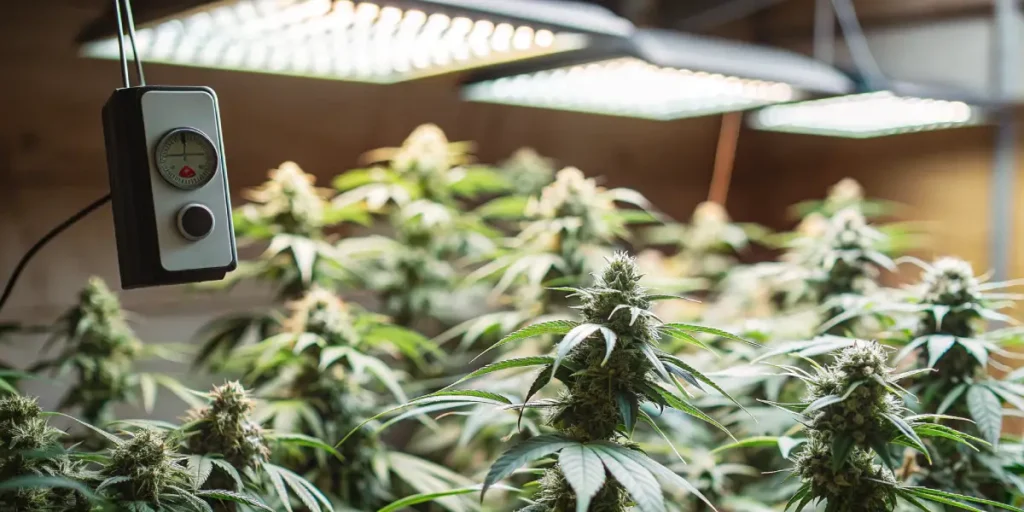
Humidity Levels for Autoflowers
Humidity Requirements for Seedling Stage
Seedlings thrive in a humid environment, as their roots are not yet fully developed to absorb water efficiently. Aim for a humidity level of 65%-70% during this stage. This high humidity helps seedlings absorb moisture through their leaves, promoting healthy early growth.
To maintain this humidity, use a humidity dome or mist the air around your seedlings regularly. Pairing this with a stable temperature in the ideal temp and humidity for autoflowers ensures a smooth start for your plants.
Best Humidity for Vegetative Growth
During the vegetative stage, lower the humidity slightly to 50%-60%. This reduction encourages the plant’s roots to grow deeper and stronger, as they become the primary source of water uptake. Lower humidity also reduces the risk of mold or mildew, which can thrive in overly humid conditions.
Consistent airflow and proper ventilation are critical at this stage. Fans and exhaust systems help balance humidity levels, creating a healthy environment for your autoflowers to flourish.
Proper Humidity for Flowering and Harvest
The flowering stage demands the lowest humidity levels to prevent mold and enhance bud quality. Keep humidity between 40%-50% during this phase. Low humidity allows the buds to develop dense trichomes without the risk of excess moisture.
As you approach harvest, gradually lower the humidity to around 40%. This helps prepare the buds for drying and curing, ensuring the preservation of their flavor, aroma, and potency. Mastering these humidity levels is essential for achieving the ideal temp and humidity for autoflowers.
Tools and Techniques to Control Temp and Humidity
Using Fans and Ventilation
Fans and proper ventilation systems are essential tools for maintaining the ideal temp and humidity for autoflowers. Oscillating fans help distribute air evenly, preventing hot spots and reducing humidity pockets that can lead to mold.
Exhaust fans play a crucial role in removing excess heat and moisture from the grow space. Combine these with an intake fan to ensure fresh air circulates, maintaining a balanced environment for your plants.
Benefits of Dehumidifiers and Humidifiers
Dehumidifiers and humidifiers are valuable additions to any grow room. A dehumidifier removes excess moisture, ensuring the humidity doesn’t exceed safe levels during flowering. Conversely, a humidifier adds moisture to the air during the seedling stage, keeping your plants hydrated and stress-free.
Choose devices with adjustable settings for precision control. Pairing these tools with a hygrometer helps you maintain the perfect conditions effortlessly.
Monitoring and Adjusting with Hygrometers and Thermometers
Hygrometers and thermometers are your best friends for monitoring environmental conditions. Digital models often combine both functions, providing real-time data on temperature and humidity levels.
Place these devices at canopy height for the most accurate readings. Regularly check your readings and adjust your equipment as needed to stay within the ideal temp and humidity for autoflowers. Consistent monitoring ensures a successful grow from seed to harvest.
Best Autoflower Strains for Controlled Environments
Gorilla Glue Auto
Gorilla Glue Auto is a hardy strain that thrives in a wide range of environments, making it perfect for growers mastering temperature and humidity control. This strain develops dense buds coated in resin and produces a potent, relaxing effect. Keeping temperatures between 68°F and 77°F and humidity levels around 50% during flowering ensures optimal results.
Northern Lights Auto
Northern Lights Auto is a beginner-friendly strain known for its resilience and high yield. It prefers stable temperatures around 70°F to 80°F during early growth, with humidity levels gradually reduced from 60% to 45% during flowering. Its sweet, earthy aroma and relaxing effects make it a favorite among growers and consumers alike.
Blueberry Auto
Blueberry Auto offers a sweet and fruity profile with stunning blue and purple hues. This strain thrives in well-regulated environments, with temperatures of 65°F to 75°F and flowering humidity levels maintained at 45%-50%. Proper environmental control enhances its terpene profile, delivering a flavorful and aromatic experience.
These autoflower strains perform exceptionally well when grown under optimal temp and humidity conditions, making them perfect for growers looking to refine their techniques.
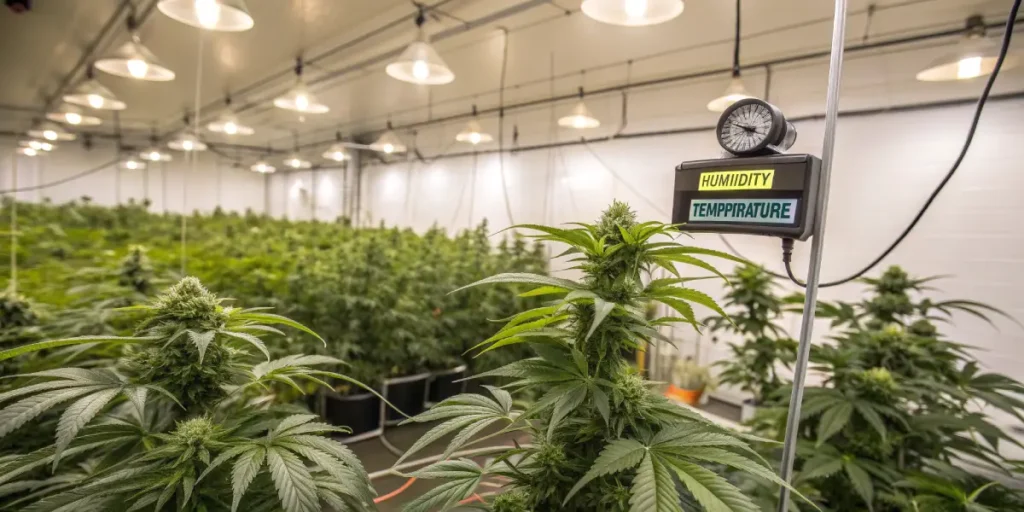
FAQs About Ideal Temp and Humidity for Autoflowers
What is the best temperature range for autoflowers?
The best temperature range for autoflowers varies by growth stage. During the seedling stage, maintain temperatures between 70°F and 80°F. In the vegetative stage, aim for 68°F to 77°F. During flowering, lower the range to 65°F to 75°F to encourage resin production and prevent heat stress.
How does humidity affect autoflowers?
Humidity impacts how autoflowers absorb water and nutrients. High humidity supports seedlings by providing moisture for their underdeveloped roots. As plants mature, lower humidity encourages root growth and prevents mold. Proper humidity levels during flowering enhance bud quality and reduce the risk of moisture-related issues.
Can autoflowers survive in high humidity?
While autoflowers are resilient, excessive humidity can lead to mold and mildew, especially during the flowering stage. Keeping humidity below 50% during flowering is essential to protect the buds from moisture-related damage.
How do I control humidity in my grow space?
Use tools like humidifiers, dehumidifiers, and hygrometers to control humidity levels. Ventilation systems with fans and exhausts also help regulate moisture and ensure proper airflow. Combining these tools allows you to maintain the ideal temp and humidity for autoflowers consistently.
Why is temperature consistency important for autoflowers?
Autoflowers thrive in stable environments. Sudden temperature changes can stress the plants, reducing their growth and yield potential. Consistency ensures optimal metabolic functions, leading to healthier plants and higher-quality buds.


